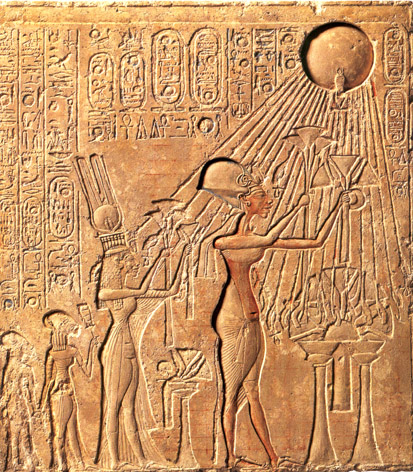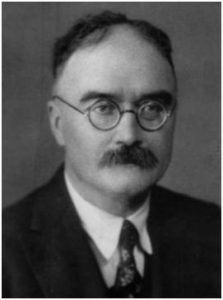
“Memory studies” have become the “new thing” among scholars seeking to identify our earliest indicators of the historical Jesus. Before memory studies there were the “criteria of authenticity” that were used as a tool to identify the more reliable or original pieces of the gospel narratives. Those criteria have not been completely replaced, certainly not among all scholars searching for the historical Jesus, but “memory studies” have certainly gained in prominence. The name that is very often mentioned as a pioneer in understanding how “collective memories” of societies are formed is that of the French sociologist Maurice Halbwachs. The main point Halbwachs developed was that social memories are formed as a result of contemporary needs. The past that we as a society “remember” is what is meaningful for our own identities and outlooks today.
One day I would like to cover some of Halbwachs’ demonstrations of that particular point. But for now, I want only to mention one detail: what Halbwachs had to say about the so-called “memories” preserved by the “oral traditions” of Jesus that eventually fed into the gospel narratives.
(Another post I’d like to do, partly because it is in some ways quite amusing (sadly amusing, unfortunately), is the responses of quite a few biblical scholars who, while acknowledging the importance of Halbwachs to their use of memory theory, quickly inform their readers that Halbwachs was terribly mixed up and confused and flat wrong about how memory relates to the study of the “historical methods” biblical scholars use to track down (or nearly track down) the historical Jesus!)
Anyway, here is what Halbwachs had to say about oral traditions that are assumed by scholars generally to be the primary sources of our canonical gospels.
From Revelations & Mysticism to Earthly Biographical Narrative
First, Halbwachs explained the thesis he holds for the origin or creation of the “memories” that we find in the gospels. He writes that the earliest Christian documents knew no historical outline or biography of Jesus:
Things look different when it comes to the story of the Gospels. The facts of which they speak have not retained the attention of historians. Josephus does not mention them. According to Renan, the account of the death of John the Baptist, as it appears in the Gospel of Mark, would be “the only genuinely historical page in all of the Gospels.” In the authentic epistles of Paul, we are told only that the son of God has come to earth, that he died for our sins, and that he was brought back to life again. There is no allusion to the circumstances of his life, except for the Lord’s Supper, which, Paul says, appeared to him in a vision (and not through witnesses). There is no indication of locality, no question of Galilee, or of the preachings of Jesus on the shores of the lake of Gennesaret.In the Apocalypse of John, which is, according to Couchoud, together with the epistles of Paul, “the only Christian document that can be dated with certainty in the first century,” all we are told of Jesus is that “he died and was resurrected, but not suffering or crucified.” Naturally, no specific location is provided either.
(Halbwachs, On Collective Memory, p. 209)
Halbwachs noted that the earliest biographical narratives about Jesus appeared late, certainly post 70 CE, though he took them even later, noting that there is no independent witness to their existence until the second century. What Halbwachs proposed was that the need for historical accounts of the life of Jesus in Palestine did not arise until late in the first century or even well into the second century. Before legendary narratives of Jesus appeared there were only “apocalyptic revelations”, “mystical beliefs and visions”.
Halbwachs thus discounted the thesis that the gospels documented in any way “authentic traditions” that went back to the early first century.
This thesis excludes authentic traditions, those that went back to the events themselves. The latter, one believes, did not take place.
(p. 210)
The Assumption of Oral Traditions Cannot Yield Historical Data
So what ought a historian make of the view that oral tradition lies behind the gospels? Halbwachs explains:
But it does not exclude tradltlons in the first [century], oral form these fictitious tales would have taken before being written down.8 This idea of oral traditions moreover puts the whole thesis in question: what means do we possess to determine to which date the oral traditions refer? How can we determine whether they are authentic or not if we cannot come to grips with them and cannot determine at what moment they were formed? In any case, since no authentic text allows us to disprove the hypothesis according to which the Gospels were imagined tales, we must now determine what this means in regard to localizations in the Gospels.
8. According to Renan also, one third of the text of Luke (Lucanus or Lucas, disciple of Paul in Macedonia, member of the Church of Rome after 70) is to be found in neither Mark nor in Matthew. He would have been largely dependent on the oral tradition.
(p. 210 – bolding in all quotations is my own)
Indeed. How can we know if the first “oral tradition” was not composed, say, in 50 or 60 or 70 CE? And what were the circumstances that led to a story-teller creating that first story?
Novelistic Topography
This brings us to Halbwachs’ second point: how the geographic settings indicate the novelistic character of the gospel narratives.
Without going into a study of the composition of the Gospels, one can say that the tales they introduce concern in general two clearly distinct regions of Palestine: Galilee and Jerusalem.9 The first concerns the Sermon on the Mount and contains the preachings and miracles that are supposed to have occurred on the shores of the lake of Gennesaret. The stories located in Jerusalem concern essentially the Passion. In Galilee we find discourses, above all in the form of parables; in Jerusalem we have facts, actions, events, which are the only ones, moreover, to develop the mythic drama that would be at the origin of Christianity on the human level. The Galilean materials are more or less independent of this mythic drama. Let me also add that localizations are essential for the events. It would seem that the Messiah could have been arrested, judged, crucified, and resurrected nowhere other than in Jerusalem. There had to be specifiable relations between the respective places. These localizations formed a system that was part of a definite spatial framework. This was not the case for the parables, the discourses, and the miracles. They were not necessarily placed at one location or another. Many of them in fact are localized in only a very vague fashion in Galilee, on the shores of the lake, or they are not localized at all.
9. This is what struck Renan and accounts for what is called the Palestinian dualism in his Vie de Jesus. Renan has noted “the striking agreement of the texts and the places.” “By this he means that the Galilean idyll fits in well with the charming nature of the countryside and its inhabitants, whereas the drama of the Passion is at home in gloomy Judea, in the dessicated atmosphere of Jerusalem. But one may wonder whether this is not simply a private fancy …. The antithesis that he established between northern an southern Palestine results so little from an actual vision of the places that he had formulated it already in a note prior to his Palestinian voyage and also in his introduction to the Song of Songs” (Alfaric, Les manuscrits, p. xxix). But the study of the texts themselves suffices in effect to suggest this supposition.
See the curious note of Taine regarding Renan: “He read a big piece of the Vie de Jesus to me … He gathers all the sweet and agreeable ideas of Jesus into the period of Nazareth, and, by omitting the sad facts, creates a happy, mystic pastoral. Then, in another chapter, he puts all the threats and the bitterness he tells of into his account of the voyage to Jerusalem … Berthelot and I told him in vain that this was to replace a legend with a novel, etc.” (Alfaric, Les manuscrits, pp. lviii-lxi).
(pp. 210-11)
Many books and articles have addressed the two-part structure of the Synoptic Gospels: the fruitful ministry in Galilee spoiled only by scribes or Pharisees visiting from Jerusalem who chance to catch Jesus perform a miracle on a sabbath, for example, and the second part of the voyage to Jerusalem to suffer and die.
The Galilean episodes and teachings are, as Halbwachs points out, quite independent of the mythic drama upon which Christianity was founded. It is as if the evangelists wrote knowing that only at Jerusalem could the messiah be “arrested, judged, crucified and resurrected.” The parables and miracles, on the other hand, could be placed anywhere or nowhere in particular or in “only a very vague fashion in Galilee.” I think that Galilee did have other prophetic reasons for being chosen as the locale for Jesus’ teaching ministry (compare Matthew 4:14-16 with Isaiah 9:1-2), but Halbwachs’ point is well made, I think.
Halbwachs adds that we find confirmation of the significance of this geographical structure in the earliest resurrection stories where the disciples were told to return to Galilee in order to see the happy ending to their ordeal.
One may of course assume that the part of the Gospels that occurs on the shores of the lake was written on the basis of those local traditions which the Galileans preserved when they were in Jerusalem, or when, after the war of the Jews, they had moved to other regions. But (and this is the hypothesis on which I base myself at the moment) one can also assume that the Galilean part of the Gospels had been imagined toward the end of the first century or at the beginning of the second by a group that knew the places and situated the discourses and miracles there in a more or less arbitrary manner.
(p. 211)
No wonder so many biblical scholars who mention Maurice Halbwachs write somewhat nervously, even defensively, about Halbwachs own views on reasoning about the nature of historical evidence and its relation to memory theory.
Halbwachs, Maurice. On Collective Memory. Translated by Lewis A. Coser. Chicago: University Of Chicago Press, 1992.
Originally published in 1941 as La topographie légendaire des évangiles en Terre sainte. Étude de mémoire collective.

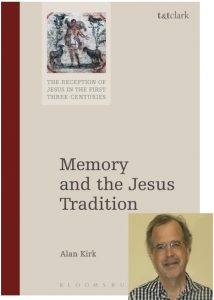

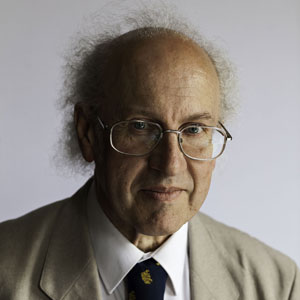
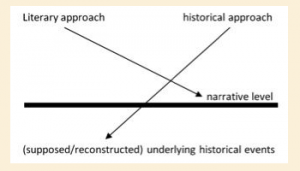
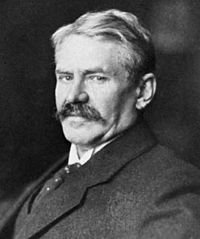
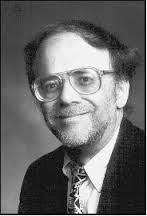
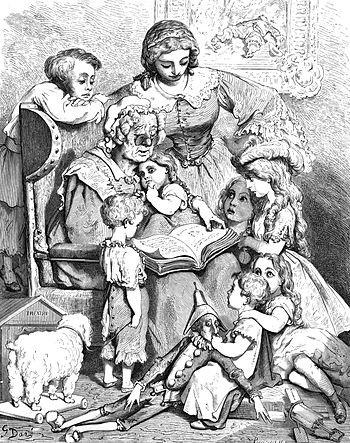
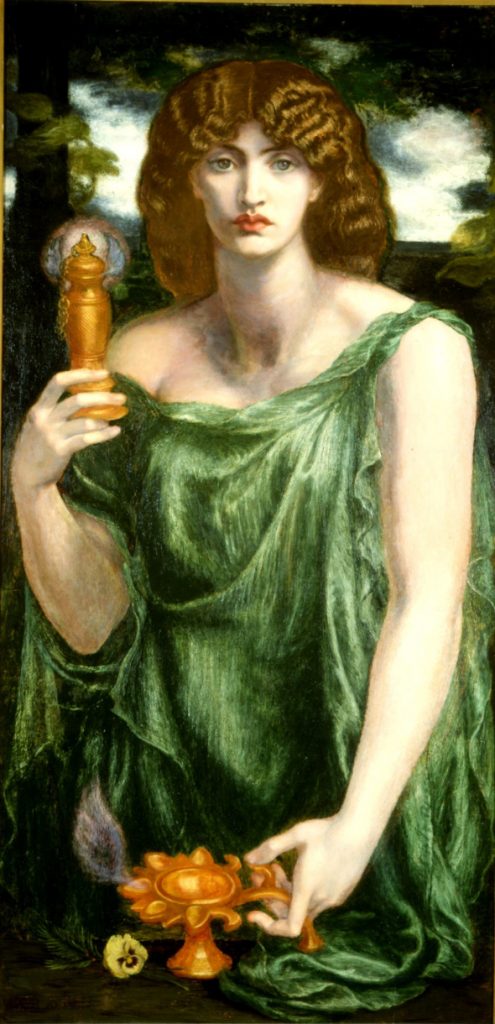
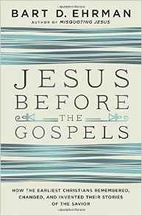 Nearly a year ago, while reading Bart Ehrman’s blog,
Nearly a year ago, while reading Bart Ehrman’s blog, 

